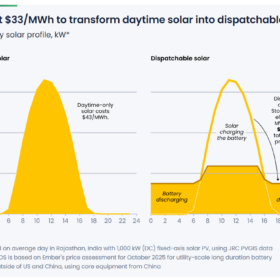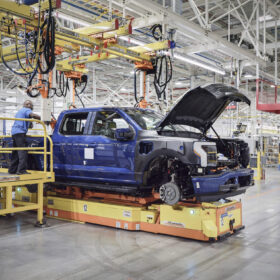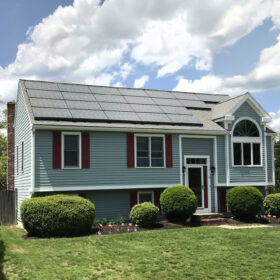Residential batteries have long been marketed primarily as passive backup and insurance against outages. That narrative is rapidly becoming outdated, as storage systems become smarter and more autonomous assets right under our noses.
For Raghu Belur, co-founder and Chief Products Officer at Enphase Energy, the key shift isn’t in the hardware. It’s in the software that binds distributed systems into intelligent fleets and enables them to participate as active grid resources.
“In a distributed power network, the end points like batteries have become very intelligent,” Belur told ESS News, explaining that the systems must not only be capable of making local decisions, but also of operating as part of a larger system. “The home should be the unit of intelligence when we look at infrastructure. That should be where you produce, store and manage your energy.”
What Belur has seen emerge among Enphase’s global fleet of nearly five million distributed energy systems is a seemingly small but significant change in how these devices learn and improve their operations over time.
He explained that the company’s battery systems now run their own health checks using AI and embedded analytics to detect subtle performance issues before they escalate; it’s gotten to the point where the systems can even self-correct without a technician ever setting foot on site.
“It takes the human out of the picture,” Belur said, adding that this can free up time to focus on other things by reducing truck rolls, or when a technician travels to a project site to fix an issue.
He also noted that this kind of predictive maintenance based on embedded intelligence is already shifting the economics around how residential storage pencils out, as it helps catch faults early and improves system uptime.
While it’s invisible for homeowners, it could be a gamechanger for manufacturers and installers.
Read the full story on our ESS News website
This content is protected by copyright and may not be reused. If you want to cooperate with us and would like to reuse some of our content, please contact: editors@pv-magazine.com.









By submitting this form you agree to pv magazine using your data for the purposes of publishing your comment.
Your personal data will only be disclosed or otherwise transmitted to third parties for the purposes of spam filtering or if this is necessary for technical maintenance of the website. Any other transfer to third parties will not take place unless this is justified on the basis of applicable data protection regulations or if pv magazine is legally obliged to do so.
You may revoke this consent at any time with effect for the future, in which case your personal data will be deleted immediately. Otherwise, your data will be deleted if pv magazine has processed your request or the purpose of data storage is fulfilled.
Further information on data privacy can be found in our Data Protection Policy.